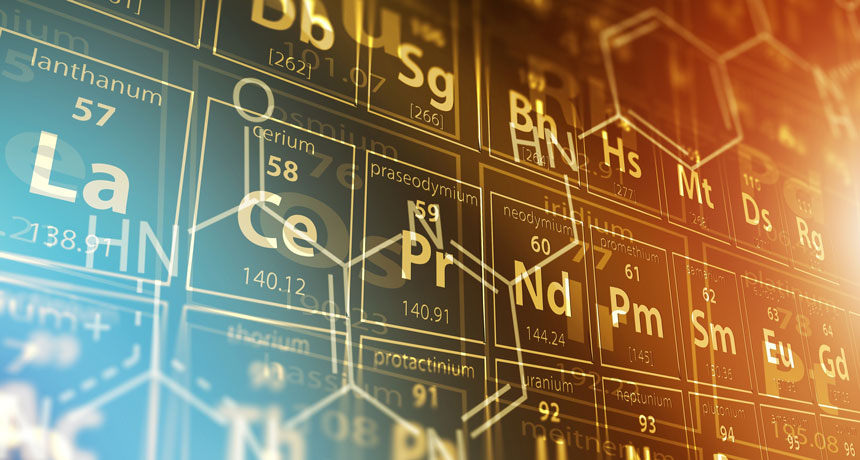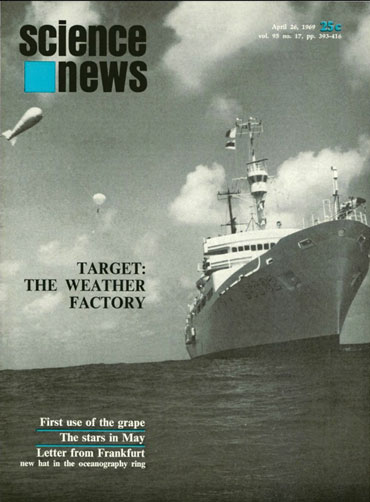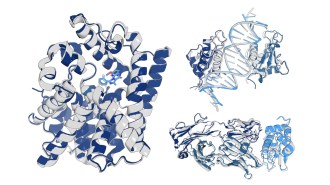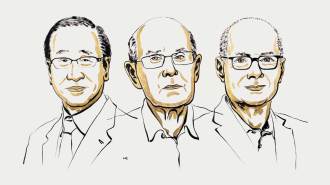50 years ago, scientists fought over element 104’s discovery
Excerpt from the April 26, 1969, issue of Science News

PERIODIC PAINS U.S and Soviet scientists disagreed over which team discovered element 104 on the periodic table, part of the conflict known as the Transfermium Wars.
welcomia/Shutterstock
 Another route to 104 —
Another route to 104 —





